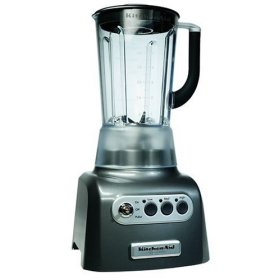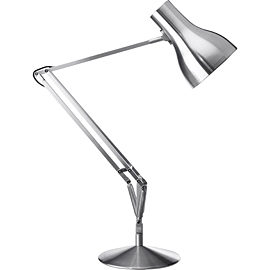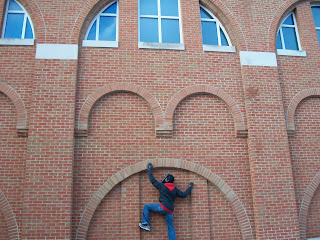Coleman Project - Personal Documentation
Team Members:
Mary Polanski
Aaron Gegas
Michael Bickley
Amberly McGee
Sarah Jerels
Kerry Moore
-- Our team's final product was the Coleman Water Filter. I feel that we all worked together as a whole to come up with some great ideas for the packaging, logo, kiosk, and final design of the product. Though we could have communicated more throughout the process to maybe think of some more ideas, the way we collaborated worked fine and was definitely a learning experience for all of us to know what to do and what not to do when working on projects like this.
-- In the end, my contribution to the team consisted of thinking of logo and packaging ideas and I feel as if some of my ideas were incorporated into the final product. However, I do wish that I made an effort to contribute more to what everything looked like in the end because a part of me really likes to polish up some things and make them look very good and presentable. This is something I will take into consideration for other projects in the future.


















































